What makes a machine shop modern has changed a lot throughout Modern Machine Shop’s 90-year history. Amid rapid advances in automation, additive manufacturing and interconnected, “intelligent” machinery, navigating today’s machining business can be akin to navigating a maze like the one in the picture gallery above.
Our work as content producers is also more complicated, but seismic shifts in media technology have made it easier in some ways as well. One thing that has not changed is our drive to help light the way through the maze. That means educating consumers about not only how the latest technology works, but also how it is applied in the real world. Dedicated to covering strategic applications of machining and related technology, MMS is at its best when editors visit end users in person, wherever they may be. The robotized automotive parts supplier in Detroit; the nimble job shop in Erie, Pa.; the aerospace machining specialist in Charlotte, N.C.; the ultra-clean medical-device maker in Southern California—these are both our readers and our sources, those driving both evolution and revolution in manufacturing processes at the shopfloor level.
Producing stories requires regular interaction with these readers and sources. An ideal venue for that is next month’s International Manufacturing Technology Show (IMTS) in Chicago. Almost the entire staff of MMS will wander the halls of McCormick Place Sept. 10-15, gathering an outsized portion of the leads and ideas that guide our upcoming coverage.
However, even with a larger contingent than many shops will send, we cannot put the entirety of the show into the proper context for everyone. Even if we could, reading (or watching videos or sharing tweets) is no substitute for being there, seeing technology for yourself and getting answers straight from the source.
The following outlines a few of the most obvious trends and lessons we expect attendees to take away from IMTS 2018. We will focus largely on four key areas: data-driven manufacturing, additive manufacturing, automation and, of course, CNC machining.
Top Shops Consolidate Setups, Processes
If IMTS attendance turned out to be an indicator of a machine shop’s competitiveness, we would not be surprised. After all, results from our annual Top Shops benchmarking survey prove that the most successful shops tend to replace older equipment more frequently. They also tend to adopt more advanced machining technology, which can often be seen for the first time at North America’s largest metalworking event.
For example, a higher percentage of leading surveyed shops use horizontal machining centers, which can offer higher spindle uptime than vertical machining centers. That is thanks to their dual-pallet design, which enables a new job to be set up on one pallet while machining is performed on the other pallet. Those shops also perform four- and five-axis machining (both positioning and full contouring) more often, which can minimize the number of setups a job requires or enable more complex, contoured geometries to be machined. Both machine platforms can deliver higher spindle utilization rates than more conventional equipment.
In addition, multitasking machines are becoming more mainstream, especially in leading shops. Turn/mills, Swiss-types (some now with a B-axis milling spindle) and even conventional turning centers with live tooling can perform multiple operations, and in some cases machine parts complete. Minimizing the number of setups or the number of machines required to process a job means better feature-to-feature tolerances, less work in process (WIP) and faster overall production time.
Top shops also tend to adopt more sophisticated tooling technology and strategies compared to other shops. A higher percentage use custom/specialty tools, balanced tool assemblies, tools with internal coolant delivery and presetters for determining offsets offline. They also are more likely to use workholding equipment such as quick-change devices, vacuum chucks and tombstones to maximize spindle utilization and speed setups.
In fact, the machining technology that leading shops apply will also be highlighted at the Top Shops workshop, which will take place Thursday, September 13, in rooms W-375 E and D in the West Hall. Following on the heels of last year’s successful, inaugural Top Shops conference, this workshop will include multiple presentations from industry leaders, including your peers, who will describe various strategies, technologies and processes they have implemented to enable their shops to grow and become more profitable.
Connecting Is Smart
IMTS is about making connections—connecting with technology suppliers in booths, connecting with technology experts at conferences, and connecting with other technology users in the aisles and at social gatherings. One thing you will also notice is that connecting machines to a network for monitoring and performance analysis is a major theme at this year’s show. Many of the machine tools on display will be connected to a monitoring system, perhaps running in another company’s booth—in some cases, a competitor’s booth.
This is simply (and significantly) the Industrial Internet of Things (IIoT) in action. Data exchangeability and interoperability standards such as MTConnect and OPC/UA have made shopfloor connectivity feasible and relatively easy. Exhibitors are eager to show that their hardware is readily connectable to a network for sharing data or that their software is ready to process data from equipment connected to a network.
You will hear a lot of heady talk about Industry 4.0, digitalization, smart manufacturing and more. However, practical applications will be all around the show. Look at them closely to see how data from connected machines and computer applications can help you make better decisions about manufacturing processes. There is no mystery to this concept. In very real ways, digitalization has made IMTS one big connected shopfloor, and that is pretty amazing.
Automation Is Everywhere
One of the chief goals of an interconnected shop floor is automation, but it may not be in the form of a robot arm tending a machine tool. From a streamlined front office to tool paths that adjust themselves based on measurement data, a big part of the promise of data-driven manufacturing is reducing human labor. In keeping with that simple definition, automation can also include relatively simple, common shopfloor equipment like tool presetters, pallet changers and machine tool probes. All offer ways to set human beings free from repetitive, time-consuming tasks.
The key phrase is “set free.” Automation is critical in an era when skilled labor is scarce, but it can create work, too—work better suited for a human being than loading blocks in and out of vises. Entire businesses are built on automation integration, and major machine tool builders have been moving into this space as well. Automated manufacturing facilities still need robot cell attendants, programmers and maintenance technicians. Rather than being replaced by a robot, employees who are loyal and dedicated but lack certain skills might be retrained.
Many of these employees may even work alongside increasingly popular collaborative robots (“cobots”), which use sensor technology to ensure safety without isolating fencing. Be on the lookout for cobots to make even more of an impression than they did two years ago at IMTS 2016.
Of course, all robots are becoming more popular, including the non-collaborative ones. At IMTS, there is no need for a dedicated robot or automation pavilion, as robots and other automation will be featured prominently throughout every hall. According to the Robotic Industries Association trade group, 10,730 robots valued at $507 million were shipped to North American customers in the first quarter of 2018—a 22-percent growth in units and 3-percent growth in dollars compared to the same period last year. Among other developments, intuitive offline programming, greater variety in end-of-arm-tooling, improved vision technology, and portability (including units that move by themselves) are making robotic automation more viable for small-batch/high-mix production.
Still, we expect much of the big automation news at IMTS to be driven by developments in leveraging data, and in software driven by increasingly powerful computers. Systems for connectivity, predictive analytics and maintenance and more are designed specifically for robots. An event co-located with IMTS, the fourth Global Automation & Manufacturing Summit (GAMS), lists robotics alongside the IIoT and cybersecurity as chief topics of focus.
Software automation can even facilitate the additive manufacturing process. Consider generative design, in which computers work from predefined constraints to generate thousands of possible design iterations. With the complex lattice structures made possible by additive manufacturing, such capability can be particularly useful for sparking engineers’ imaginations and accelerating product development at the outset.
Additive Has Arrived
Four years ago when MMS covered trends to watch for at IMTS 2014, additive manufacturing (AM) was the lead item. Back then, as it is now, additive was emerging both in terms of its technological capacities and as a presence at IMTS. Notable in that 2014 article, however, was the fact that half of the information it contained about additive was still dedicated to defining and describing it—to informing readers and IMTS visitors about AM’s underlying functionalities and promise.
It’s our opinion that today, no such definition is necessary. Two clues point to why.
First, AM-related exhibitors will leave a massive footprint at IMTS 2018. This year, nearly triple the number of exhibitors will occupy the dedicated Additive Manufacturing Pavilion (Level 3 of the West Building) than just two years ago—a ratio that does not include exhibitors in nearby pavilions who also plan to feature AM technologies and services. How closely that footprint correlates to the broad adoption of AM, especially in production capacities, is a good question. But visitors to IMTS will have plenty of opportunity to see additive applications for machine shops that go well beyond plastic prototypes. End-use polymer and metal parts are being produced additively for custom tooling, concrete forms, fixtures, patterns and molds for low-volume production runs, as well as for high-value, low volume parts for the aerospace and medical industries.
Even if we assume that additive’s hype still outpaces its application for production parts, AM’s surging presence at IMTS is still a good barometer of the industry’s growth and increasing market share. In fact, this magazine’s 2017 Top Shops survey, revealed a 95 percent increase in the number of shops using AM equipment between 2016 and 2017. That is true disruption.
This kind of growth cannot be sustained without constant innovation. Because additive’s potential is so great, and because it is generating a tidal wave of interest, AM technologies have attracted some of the brightest scientists and engineers across private industry, research universities, government-funded laboratories and public-private collaborations. A number of these AM leaders will share their additive knowledge at the Additive Manufacturing Conference, the annual event hosted by Additive Manufacturing, a sister publication to MMS. The conference, which takes place September 11 and 12 at IMTS this year in the Skyline Ballroom of the West Hall, Level 3, Rooms W375 C-D, will cover topics ranging from design strategy for 3D printing, to the additive manufacturing of end-use parts at production scale. Speakers hail from Additive Engineering Solutions, Desktop Metal, HP, Hybrid Manufacturing Technologies, Jesse Garant Metrology Center, Penn State, Protolabs and more.
Which brings us to the second reason why you likely do not need to be told what additive manufacturing is anymore. It is because you keep up with these AM processes, companies, technologies and applications in Modern Machine Shop and Additive Manufacturing, of course.
Read Next
3 Mistakes That Cause CNC Programs to Fail
Despite enhancements to manufacturing technology, there are still issues today that can cause programs to fail. These failures can cause lost time, scrapped parts, damaged machines and even injured operators.
Read MoreThe Cut Scene: The Finer Details of Large-Format Machining
Small details and features can have an outsized impact on large parts, such as Barbco’s collapsible utility drill head.
Read More

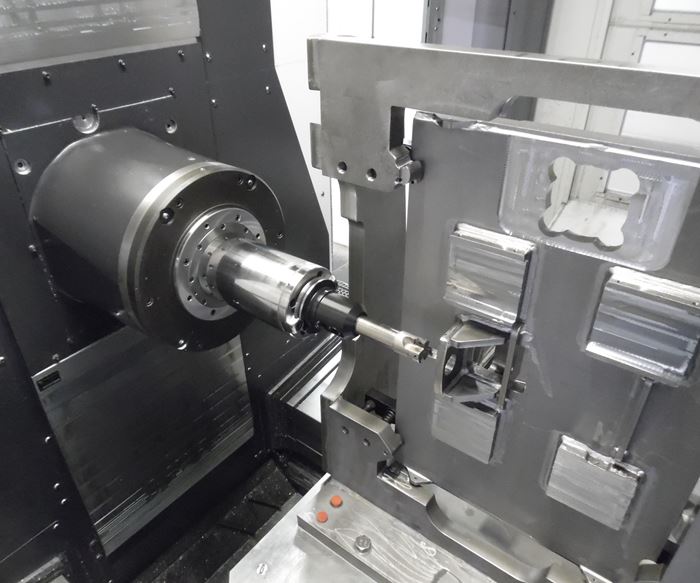
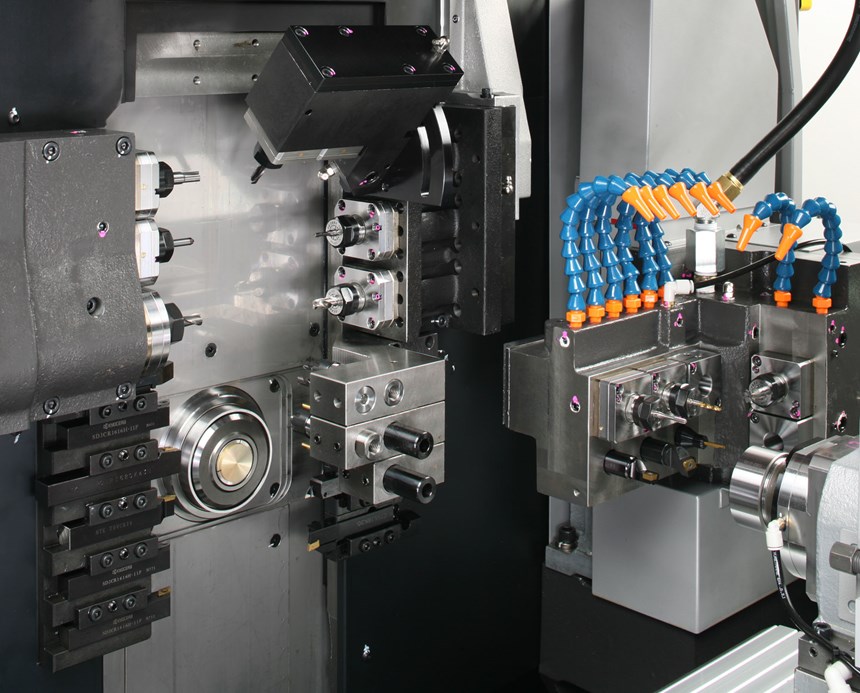


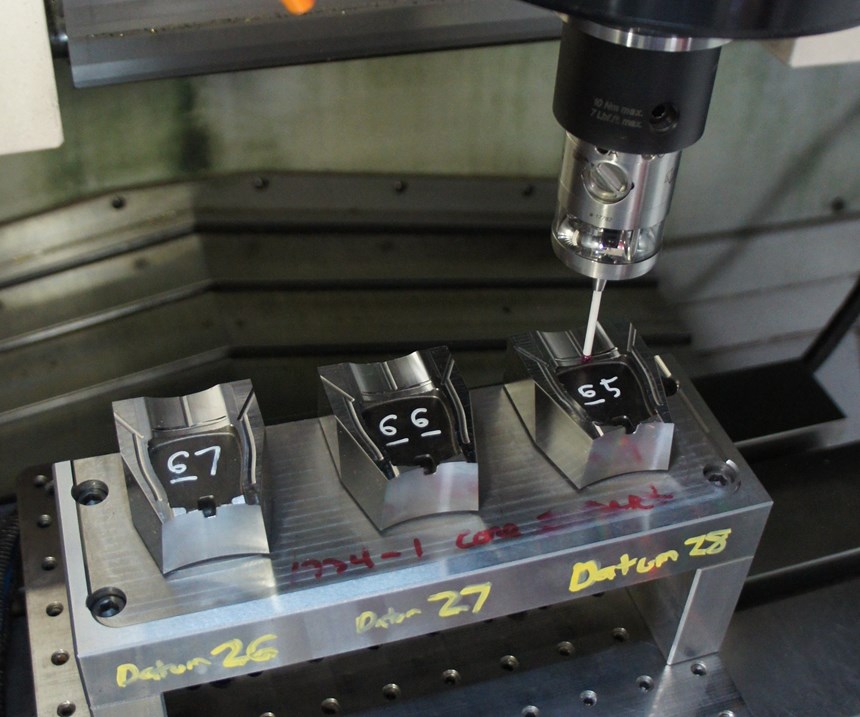
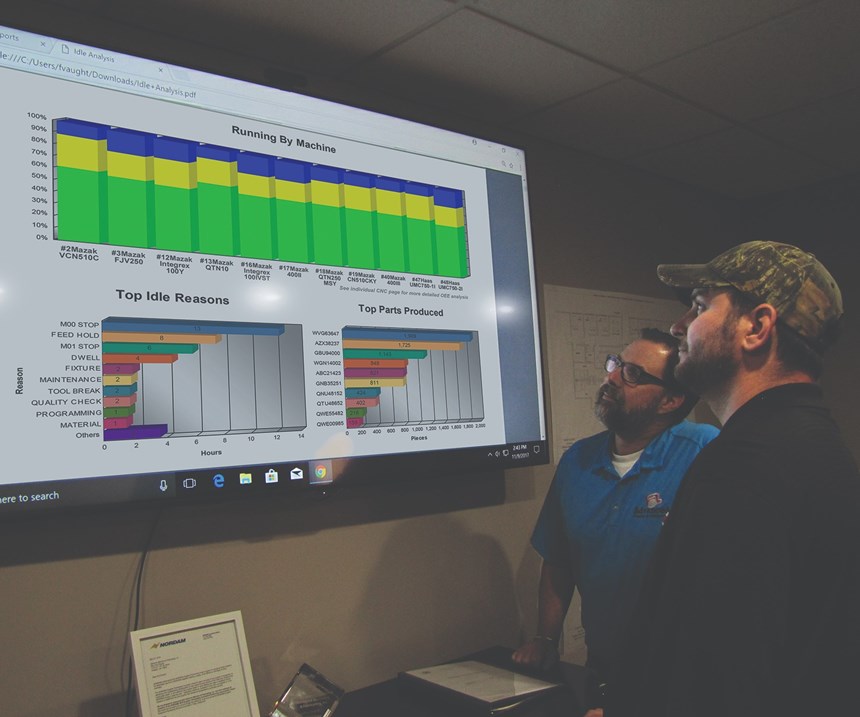
.jpg;width=860)

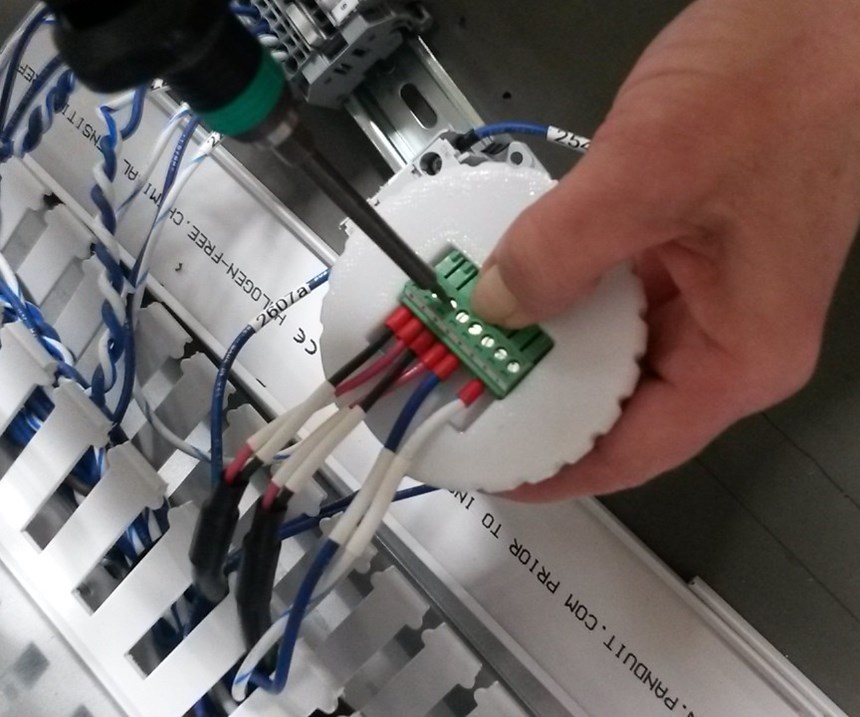














.png;maxWidth=300;quality=90)





